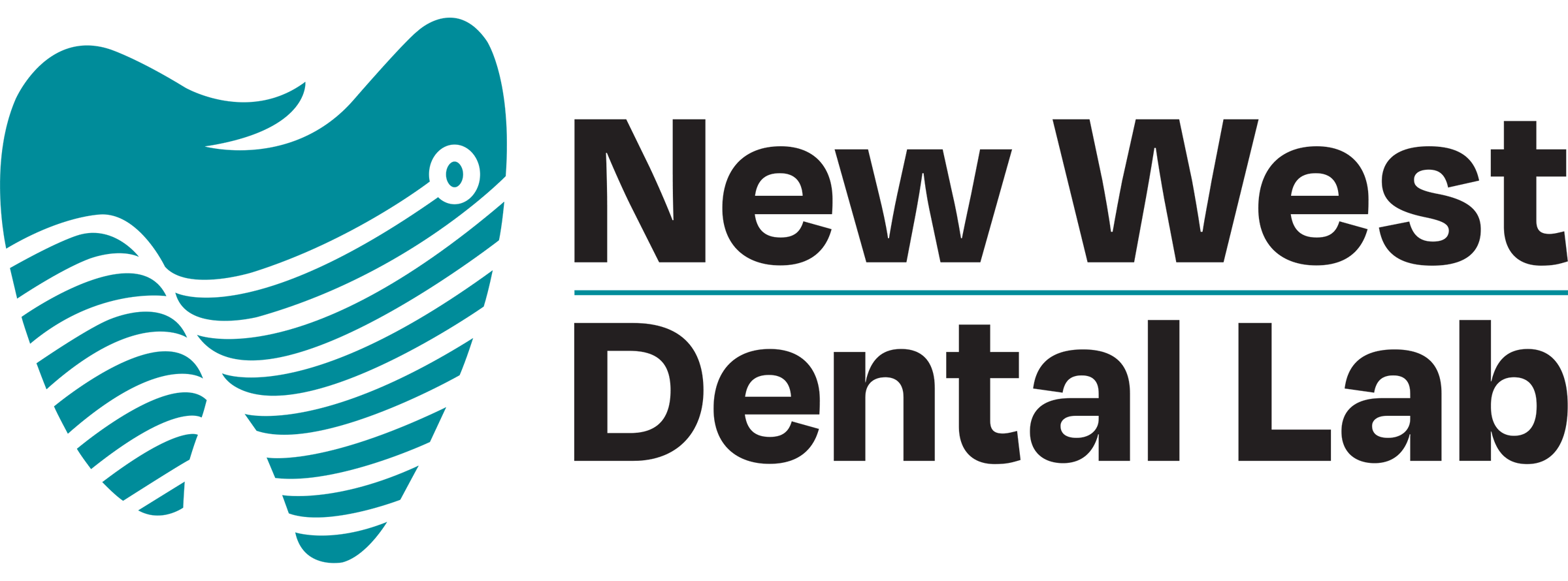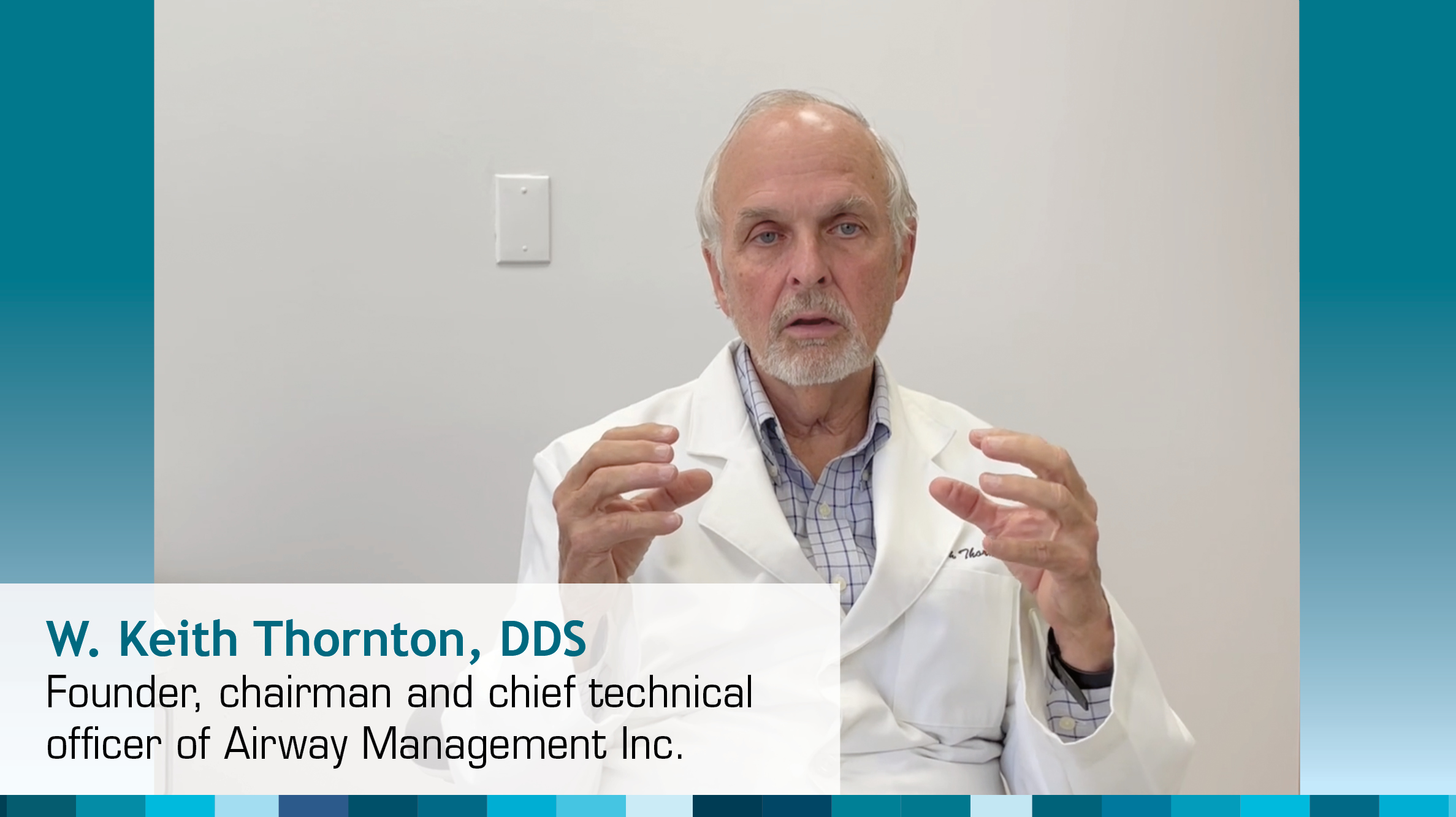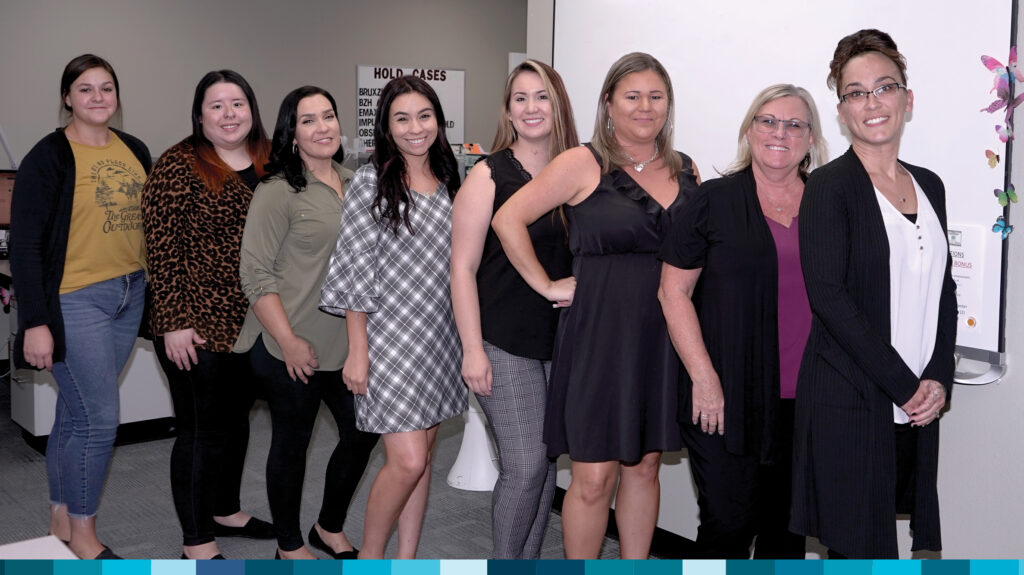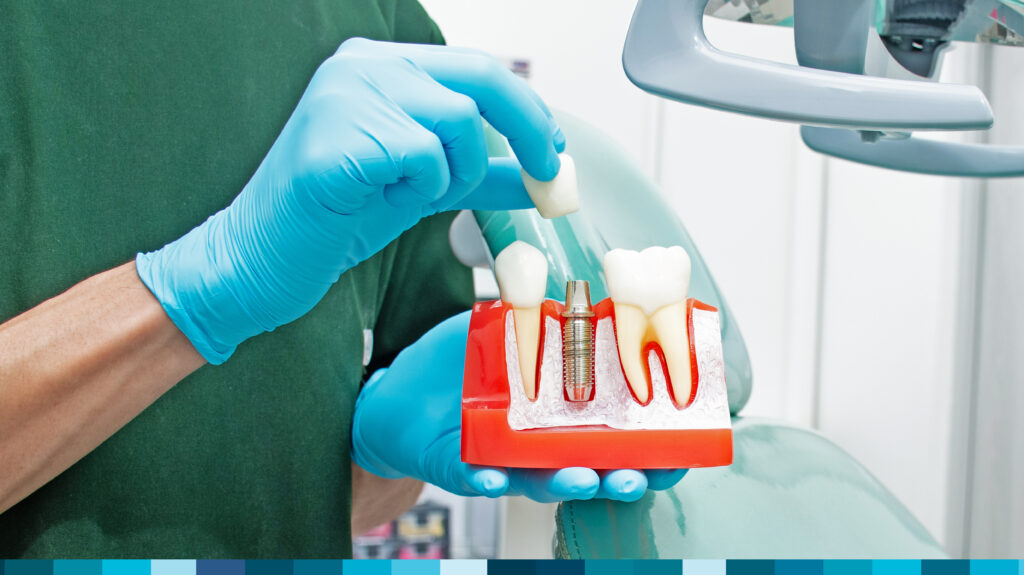Big fat tongues (BFT) are the bane of dentists attempting to restore a tooth. Dental assistants have remarkable skills wrangling the powerful organ that seems to just get bigger the more we try to keep it in check. BFTs have produced rubber dam disciples and the creation of innovative instruments to retract that rascal so we can get some work done.
Consider, though, that the tongue is the size it is supposed to be in most people. Fat pads do expand it in severely obese patients and macroglossia does exist in certain populations, such as in people with Down syndrome. However, the rest of those BFTs appear that way because they live in a space too small for them. It’s the arches of teeth that constrict the space for the tongue.
Anatomical Characteristics: Size of the Box
If patients have a fat tongue, they need a bigger box (oral cavity) for it. And if patients have a big tongue in a small box, they have a problem.
Narrow arches, high vaulted palate, and lingually inclined teeth — a common trifecta in people with snoring issues and sleep apnea — cause the tongue to rest deeper in the oropharynx. The bony structure responsible for the trifecta already makes the airway smaller; add in a BFT and no wonder the night is filled with snoring, choking and fragmented sleep.
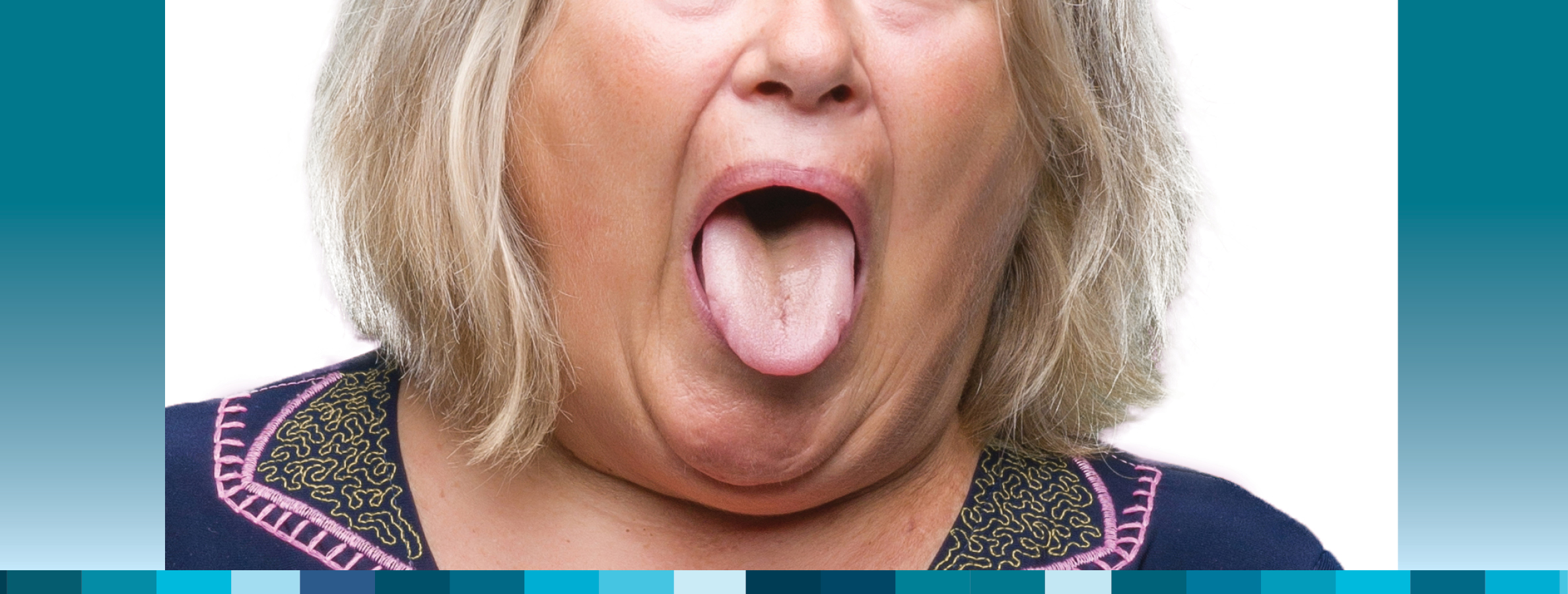
The body, attempting to stay alive, activates the genioglossus and closing muscles, keeping the mandible closed and forward, with the teeth in contact. The tongue is squeezed against the lingual surfaces of the teeth. Given enough time, the soft tissue takes on the shape of those lingual surfaces, and indentations are seen along the lateral surfaces of the tongue. It’s interesting that the tip of the tongue rarely has an imprint of the lingual surface of the incisors. Understanding the anatomy of the genioglossus muscle unravels this mystery: The fibers extend distal to the anterior third of the tongue, so protruding the tongue base with the genioglossus does not force the still-soft section against the incisors.
Snoring and Sleep Apnea Devices for Large Tongues
The dentist who wants to place a mandibular advancement device to hold the oropharynx open sees the narrow structure and the BFT and thinks about which device to provide. Lingual-less devices that cover only the buccal and occlusal surfaces were tried in the past – but those lingually inclined molars often have insufficient cross-arch retention to keep the device in place.
TAP® devices, with the midline single-point attachment, have parts of the mechanism adjacent to the anterior third of the tongue. The rest of the TAP appliance is a smooth, low-profile shell adjacent to the lateral borders of the tongue. The configuration of the TAP appliances, from the first TAP 1 to the most advanced dreamTAP™, provides space between the arches for the tongue to spread out laterally as the genioglossus continues to bring it forward to protect the airway. The teeth no longer restrict this forward tongue posture. The tip of the tongue rests passively against the parts of the adjustment mechanism, with no ability to push the base of the tongue into the oropharynx.
Research says the bigger the box the better. Two of the strongest TAP appliance studies proved that vertical adjustability and more tongue space lead to better outcomes.
- In a TAP and continuous positive airway pressure (CPAP) Army comparison study published in Chest in 2011, researchers prescribed an oral appliance (OA) to 497 patients and outcomes proved no significant difference in mild and moderate obstructive sleep apnea (OSA) patients. In fact, 73.6% of patients were successfully treated with TAP, and this study is used as part of the American Academy of Sleep Medicine (AASM) and American Academy of Dental Sleep Medicine (AADSM) guidelines stating OA as first-line therapy.
- Research published in the Journal of Dental Research indicated “that oral-appliance therapy was not inferior to CPAP for effective treatment of obstructive sleep apnea.”
What’s not published in either study but was later discovered by Drs. Keith Thornton and Aarnoud Hoekema is that the increased vertical dimension helped with patient outcomes. More room for the tongue seems especially helpful in cases with overweight patients. You could have less room for the tongue for some people, but more room proved beneficial for everyone.

dreamTAP vs. TAP 3
Most oral appliances made with increased vertical dimensions do not add lateral space for the tongue. Therefore, clinicians may decide to utilize a TAP appliance for more tongue space.
Space for the tongue is a premium consideration for each patient. The dreamTAP appliance moves the anterior single-point attachment mechanism out of the tongue space and over the lower incisors. Along with the smooth, low-profile lingual coverage, the tongue can rest easily forward, keeping it from crowding the oropharynx. For patients with narrow arches, indented tongues, and high vaulted palates, dreamTAP may be the best match.
For patients with wide arches and a more natural tongue space, placing the TAP 3 connection just behind the lower incisors has been a comfortable location for thousands of people for over a decade.
Conclusion
Once patients realize how great it is to sleep with an open airway every night, without the fragmented sleep that causes genioglossus and closing muscle activity, they may just be interested in correcting the reasons why they have a BFT in the first place. And, even better, they may want to keep their kids from suffering from narrow arches and BFT problems by asking what can be done early in life.
To read more about oral appliance therapy, and to explore the New West family of sleep appliances, click here.
